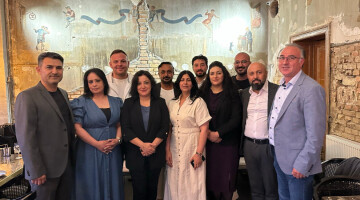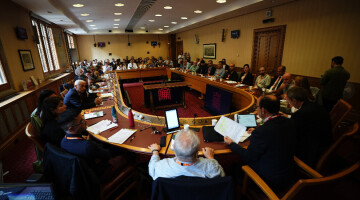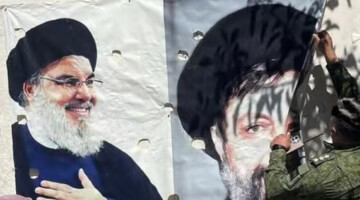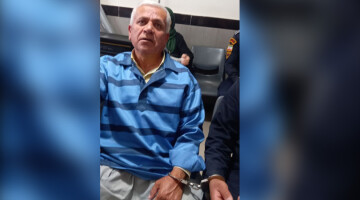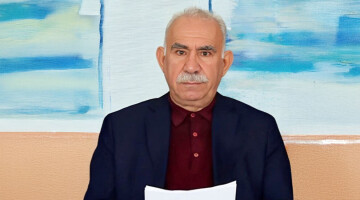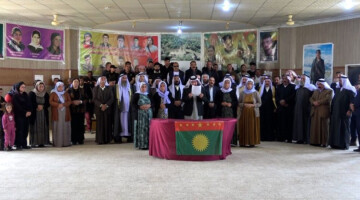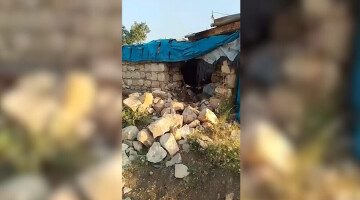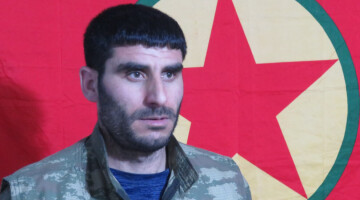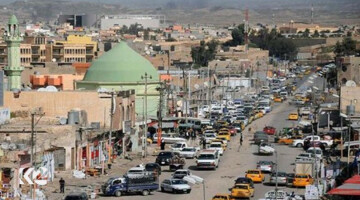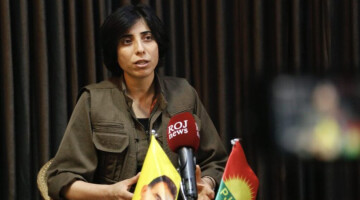Guerrillas Lokman Dilşêr, Brûsk Ararat, Munzur Rojava and Zana Seko fell as martyrs two years ago in an attack by the Turkish army in Oremar on Cîlo. The press center of the People's Defense Forces (HPG) said in a statement that the four who died came from Rojhilat and Rojava. Lokman Dilşêr was a member of the Cîlo command, Brûsk Ararat was an Arab internationalist. The HPG expressed their condolences to the relatives of the four and the people of Kurdistan.

Codename: Lokman Dilşêr
First and last name: Mensûr Sadiqî
Place of Birth: Kotol
Names of mother and father: Şekir – Teymur
Date and place of death: August 19, 2021 / Cîlo

Codename: Brusk Ararat
First and last name: Hemed Erban
Place of birth: Lebanon
Names of mother and father: Zînê – Ahmed
Date and place of death: August 19, 2021 / Cîlo
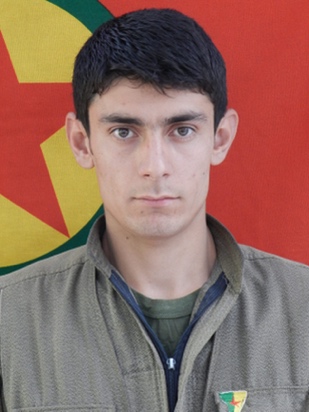
Codename: Munzur Rojava
First and last name: Yusuf Hacî
Place of birth: Tirbespiyê
Mother and Father Names: Zehra – Mihemed
Date and place of death: August 19, 2021 / Cîlo

Code name: Zana Seko
First and last name: Kemal Xizirî
Place of birth: Serdeşt
Names of mother and father: Ayşe – Abdullah
Date and place of death: August 19, 2021 / Cîlo
Lokman Dilşêr
Lokman Dilşêr was born in the village of Ravyan near Kotol in Rojhilat and grew up in a Kurdish environment. Several people close to him joined the Kurdish freedom movement and the first encounter with guerrilla fighters in Kotol left a strong impression on him. In 2007, he went to the mountains and was trained as a guerrilla in the Zap region.
He stayed in Zap for three years, during which time he gained vast experience in guerrilla life and in the military sphere. From 2010 he fought in the Zagros Mountains and took part in the revolutionary Şemdinli offensive. During the war he suffered head and foot injuries, but he quickly recovered. In 2013 he came to the Haki Karer Academy. From the training he emerged a commander. At his own request, he then went to Rojava to defend his people against attacks by Islamist groups. Until 2018, he took part in all offensives against ISIS. He was wounded again. He specialized in the use of heavy weapons and trained numerous fellow combatants. In the fight against ISIS, he showed great courage and willingness to make sacrifices and was most recently a regiment commander. He made a significant contribution to the fact that the territorial rule of ISIS in Syria could be broken. When the greatest threat to the population was eliminated, he returned to the mountains in 2018 and went to the Mahsum Korkmaz Academy. He then spent two years in the Zap command post, coordinating defense against Turkish army attacks. In 2020, he went to the Cîlo area as an area commander, much loved and respected by his comrades.
Brûsk Ararat
Brûsk Ararat was born in Lebanon to an Arab family impressed by the thoughts of Abdullah Öcalan and had known the PKK since childhood. In the wake of the Rojava revolution, the family returned there.
Under the impact of the 2016 liberation offensive against ISIS in the multi-ethnic Manbij region, Brûsk joined the resistance and took part in the armed struggle for two years. In 2018 he joined the guerrillas in the mountains and was trained at the Şehîd Kadir Usta Academy. At his own suggestion, he then fought as a convinced apoist militant in the Cîlo area against the Turkish army. The HPG said Brûsk Ararat was an important example of brotherhood and the common struggle of the Kurdish and Arab people.
Munzur Rojava
Munzur Rojava was born in a village near Tirbespiyê. His family has been sympathetic to the PKK since Abdullah Öcalan came to Syria. Munzur's parents took part in the work of the Kurdish liberation movement and educated their children with the same awareness.
Munzur himself joined a local resistance unit in the run-up to the Rojava revolution in 2011 because he felt responsible for defending his people. In the two years that followed, he had his first experiences at the military level and got to know the basic ideas of the revolution better. Like some of his close relatives, in 2013 he went into the mountains. Trained as a guerrilla fighter in Gare, he arrived in 2014 in the Cîlo area. For a long time, he worked as a courier and got to know the whole area. He successfully used his detailed knowledge of the ground for actions against the Turkish occupying forces. In 2018, he wrote in a report that he was willing to sacrifice his life for his beliefs. He kept this attitude until the end of his life.
Zana Seko
Zana Seko was born in a village near Serdeşt in Rojhilat and grew up in a natural environment immersed in Kurdish culture. When he was at school, he realized that his mother tongue and his identity were excluded from the system.
As he got older, he discovered that this colonialist exclusion was not limited to Rojhilat but also affected the other parts of Kurdistan. He joined the freedom struggle in Bakur (North Kurdistan), sharing the goals of the PKK. On August 15, 2013, he joined the guerrillas and received basic training for new fighters in the Qandil Mountains.
In 2014, he went to the Cîlo area, where he fought to the end. The area was heavily attacked by the Turkish state from 2015 and Zana was constantly involved in actions, especially in Oremar.






